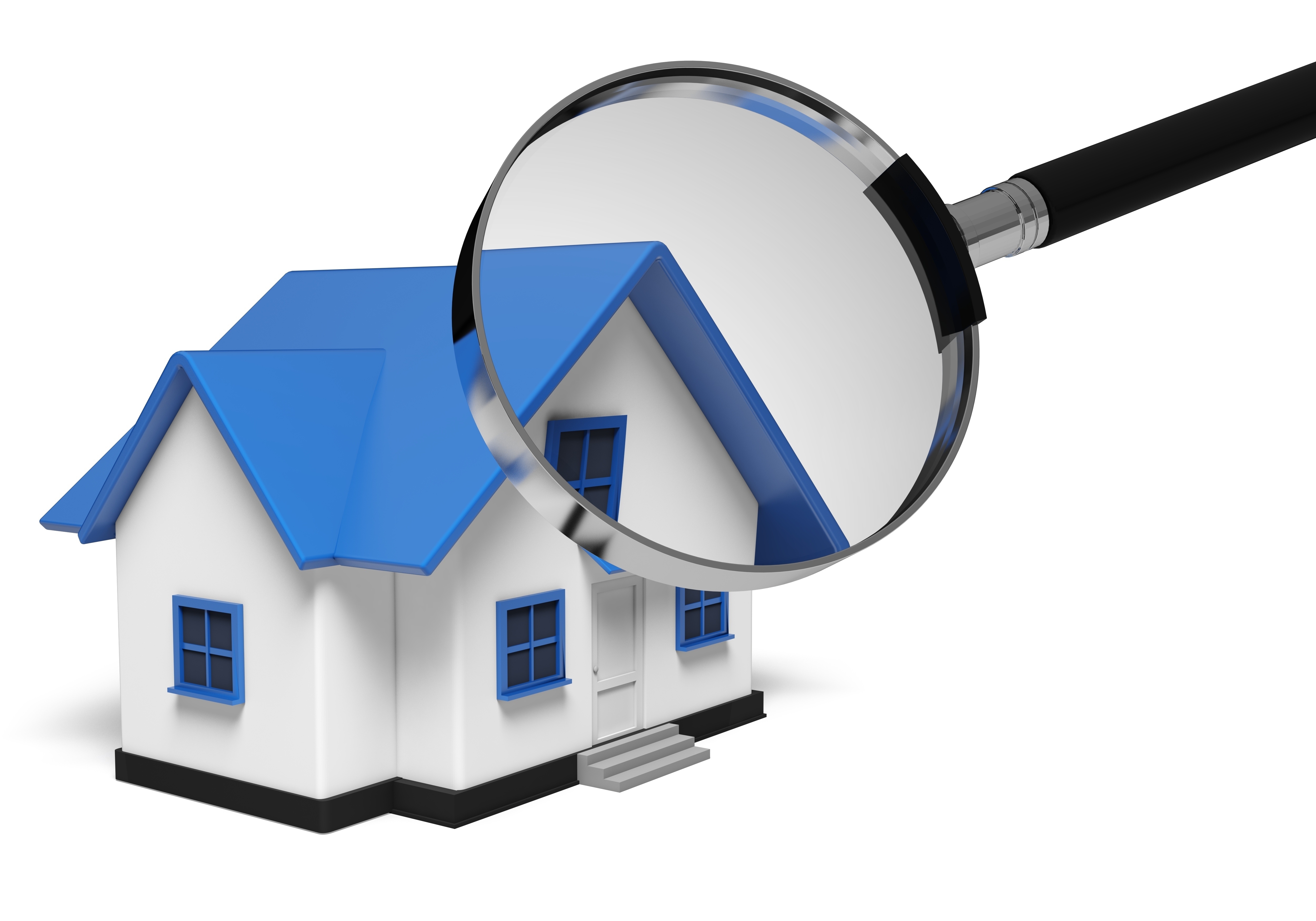
An Overview of the Appraisal ProcessGetting a house can be the biggest transaction most people might ever encounter. Whether it's a primary residence, a seasonal vacation home or a rental fixer upper, purchasing real property is a complex transaction that requires multiple people working in concert to make it all happen. Most people are familiar with the parties having a role in the transaction. The real estate agent is the most recognizable face in the transaction. Then, the bank provides the money necessary to fund the transaction. And ensuring all requirements of the exchange are completed and that the title is clear to transfer from the seller to the buyer is the title company. So, who makes sure the real estate is worth the amount being paid? This is where the appraiser comes in. We provide an unbiased estimate of what a buyer could expect to pay — or a seller receive — for a parcel of real estate, where both buyer and seller are informed parties. A licensed, certified, professional appraiser from LnL Associates, LLC will ensure, you as an interested party, are informed. Appraisals start with the inspectionOur first task at LnL Associates, LLC is to inspect the property to determine its true status. We must actually view features, such as the number of bedrooms and bathrooms, the location, living areas, etc, to ensure they indeed are there and are in the shape a typical buyer would expect them to be. To ensure the stated square footage has not been misrepresented and describe the layout of the house, the inspection often includes creating a sketch of the floorplan. Most importantly, we look for any obvious amenities - or defects - that would affect the value of the house. Next, after the inspection, an appraiser uses two or three approaches to determining the value of the property: a sales comparison, a replacement cost calculation, and an income approach when rental properties are prevalent. 
Cost ApproachThis is where we use information on local construction costs, labor rates and other elements to figure out how much it would cost to construct a property nearly identical to the one being appraised. This figure often sets the maximum on what a property would sell for. It's also the least used method. 
Paired Sales AnalysisAppraisers get to know the communities in which they work. They thoroughly understand the value of certain features to the homeowners of that area. Then, the appraiser researches recent transactions in the neighborhood and finds properties which are 'comparable' to the home being appraised. Using knowledge of the value of certain items such as fireplaces, room layout, appliance upgrades, extra bathrooms or bedrooms, or quality of construction, we adjust the comparable properties so that they are more accurately in line with the features of subject property.
In the end, the appraiser reconciles the adjusted sales prices of all the comps and then derives an opinion of what the subject could sell for. When it comes to associating a value with features of homes in Pinehurst and Moore, LnL Associates, LLC is your local authority. This approach to value is most often awarded the most weight when an appraisal is for a real estate exchange. Valuation Using the Income ApproachA third way of valuing a property is sometimes employed when a neighborhood has a reasonable number of renter occupied properties. In this scenario, the amount of revenue the property produces is taken into consideration along with income produced by neighboring properties to determine the current value. The Bottom LineExamining the data from all applicable approaches, the appraiser is then ready to stipulate an estimated market value for the subject property. It is important to note that while this amount is probably the most reliable indication of what a house is worth, it probably will not be the price at which the property closes. Depending on the specific situations of the buyer or seller, their level of urgency or a buyer's desire for that exact property, the closing price of a home can always be driven up or down.Regardless, the appraised value is typically used as a guideline for lenders who don't want to loan a buyer more money than the property is actually worth. At the end of the day, an appraiser from LnL Associates, LLC will help you get the most accurate property value, so you can make wise real estate decisions. |